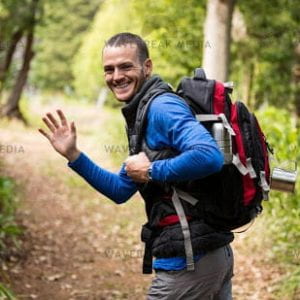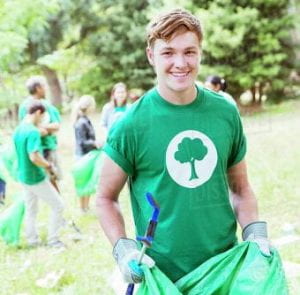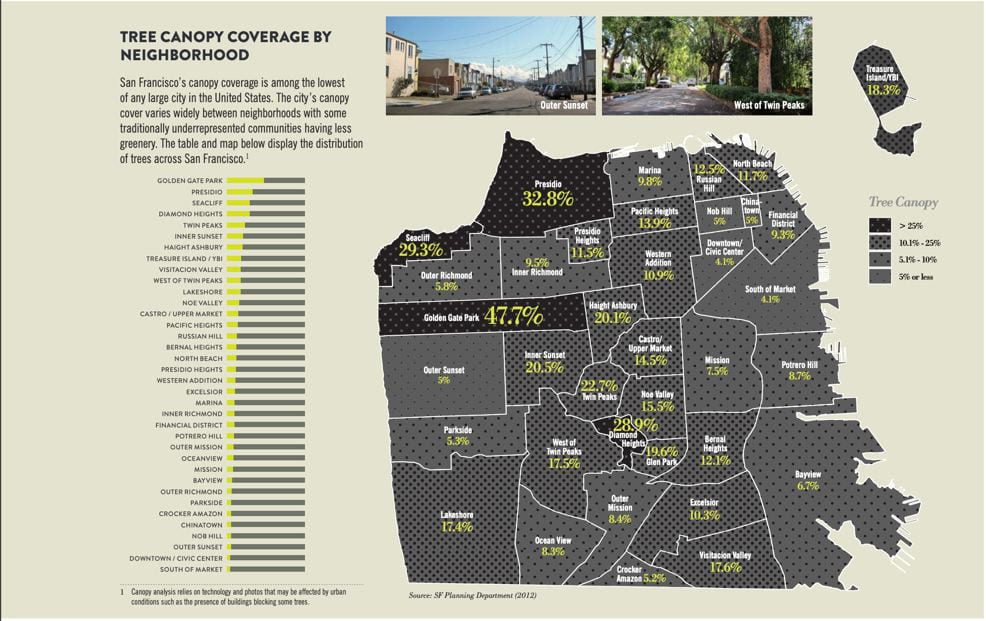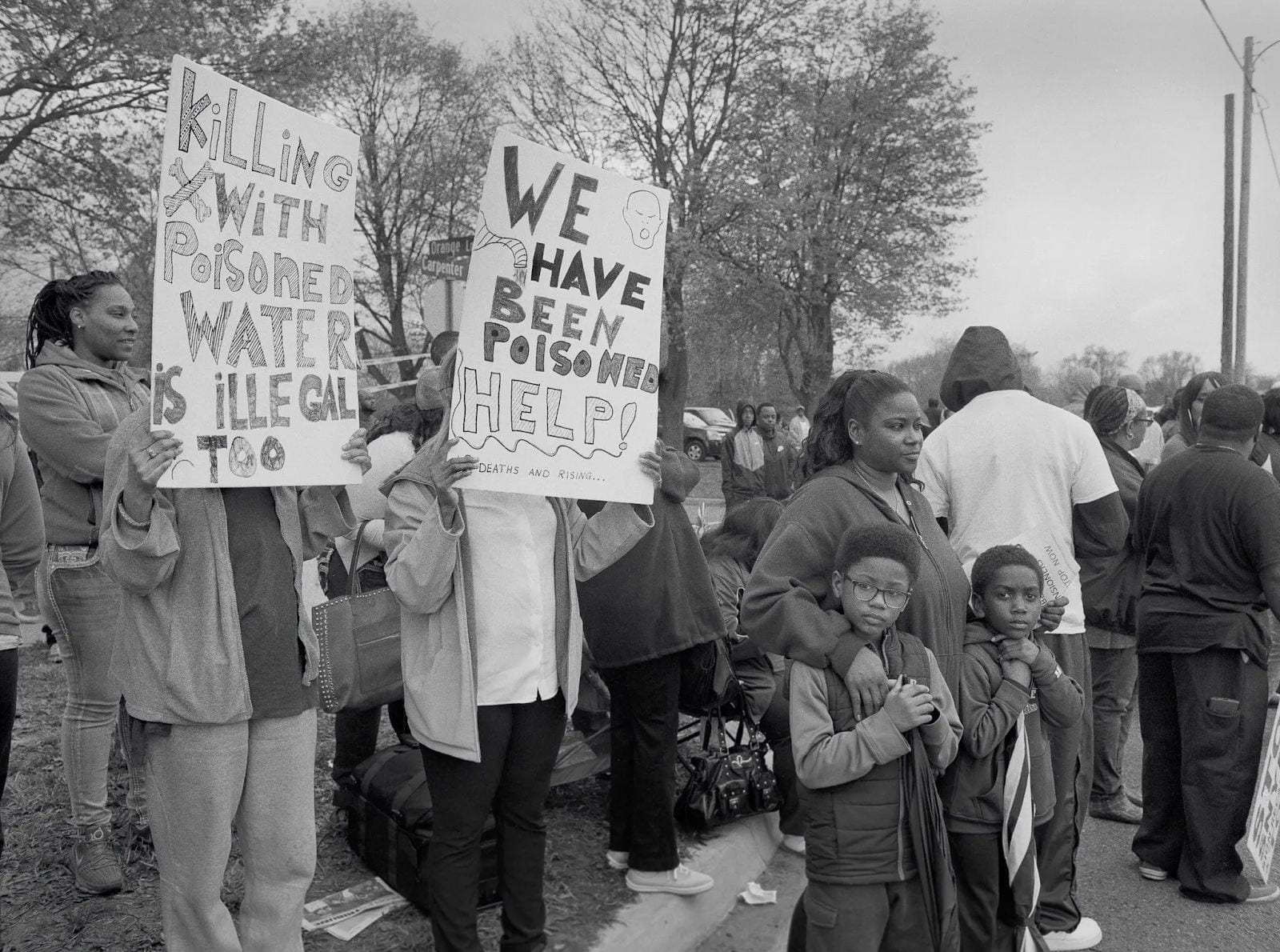Are you an Environmentalist?
According to the Oxford Dictionary, the definition of an “environmentalist” is “a person who is concerned with or advocates for the protection of the environment.” However, as the environmental movement has grown and expanded, this definition has gotten much more narrow. The mainstream environmental movement has historically been predominantly white and male while preaching the idea that you must be an outdoors enthusiast and vegan or vegetarian to be considered an “environmentalist.”
Unless you look like the following individuals, it is most likely that you don’t resemble the face of the environmental movement.
 |
 |
 |
According to the standards represented by the mainstream environmental movement, you are probably not considered to be an environmentalist. For a movement that says they care about mitigating climate change, the voices of those that are affected the most by climate change (predominantly minorities and communities of color), are not present and often not welcomed in this movement.
By taking a glance at the history of environmentalism and the environmental movement, we can see the movement’s exclusionary and racist past. In “Environmentalism’s Racist History” by Jedediah Purdy, it is mentioned that Madison Grant, a famously known conservationist, was primarily known for his book “Passing of the Great Race,” which was a piece that not only supported white supremacism, for it warned people of the decline of the great ‘Nordic’ peoples but also influenced the Immigration Act of 1924 and Adolf Hitler. Similarly, John Muir, also known as “Father of the National Parks,” wrote a collection of essays in which he promoted national parks and assured the people “[a]s to Indians, most of them are dead or civilized into useless innocence.” This not only shows Muir’s ignorance towards the Indigenous communities that were killed and forced out of their homes for their land to be turned into a National Park, but it also demonstrates a common idea that still lives among the environmental movement- we must protect our national parks and their fauna and flora at all costs. As Purdy states, “Muir’s nature was a pristine refuge from the city. Madison Grant’s nature was the last redoubt of nobility in a levelling and hybridizing democracy. They went to the woods to escape aspects of humanity, they created and preserved versions of the wild that promised to exclude the human qualities they despised.” For Muir and many today, “working, consuming, occupying, and admiring American nature [is] a way for a certain kind of white person to become symbolically native to the continent.” From these examples, we can see that conservation has been the ultimate goal of the mainstream environmental movement while leaving out the people that nurtured the land and are being impacted the most by the changing climate and environmental injustices.
So you may be thinking, what does this have to do with being an environmentalist? These two individuals, Madison Grant and John Muir, are some of the many individuals that created a precedent on what an environmentalist should look like. As a student in the Environmental Studies program at USF, it is not uncommon to be the only BIPOC (Black, Indigenous, Person of Color) in a classroom. It is also not uncommon that in these classrooms, the voices of the white majority are echoed and praised as revolutionary and valuable while ignoring and rejecting those of minority communities. When multiple classrooms are filled with the same ideas coming from the same voices, it is almost like announcing that you, who do not share those same ideas, are not welcomed. This is what the mainstream environmental movement has done to BIPOC who aim to be environmentalists. As Julian Brave NoiseCat in “The Environmental Movement Needs to Reckon with Its Racist History” puts it, “racial divisions on campus, even among activists, mirror divisions in society.” Within the college environmental movement, there are divisions on who qualifies to be an environmentalist, and this is projected on the broader environmental movement. When you are constantly preached that you must be vegan/vegetarian, an outdoors enthusiast, and an activist to be considered an environmentalist, it drives many away, for not everyone fits this mold, especially many BIPOC.
Environmental institutions were created by white men and continue to be dominated by white people, yet BIPOC have fought victories for environmental justice and changes in our society at the frontlines. The exclusion of non-white voices has resulted in environmentalism becoming an elite white movement.
In a piece titled “WHY I WEAR JORDANS IN THE GREAT OUTDOORS: A Natural Leader Builds Bridges Between Worlds,” CJ Goulding discusses his experience as an African American male from an urban background in the environmental field. He mentions that Jordan sneakers are a way to show your status, importance, and significance in his childhood neighborhood. As he tries to involve urban teens in the great outdoors, he noticed that even in this setting, there was a great disconnect between the two circles, and that here, he and many other BIPOC were still the minority. This is why he started wearing his Jordan sneakers in the great outdoors- to bridge the idea that you can be a BIPOC city kid and still enjoy the outdoors. He states “this goes directly against how people ‘should’ wear them and what people ‘should’ wear outdoors. But I wear them wherever I go to remind me of the fact that though there are two worlds, I am a bridge.” This stereotype of what an environmentalist should look like and be has pushed away those who do not fit the mold. Setting a litmus test for environmentalism is not only harmful to the movement, but it is also detrimental for BIPOC voices who want to make a change.
“But what does being vegan or vegetarian have to do with diversity?” Though we know that meat consumption amounts to a major proportion of greenhouse gas emissions, we must begin to acknowledge that meat consumption is also a major part of many cultures. By saying that you are not an environmentalist because you eat meat is almost the same as saying that you are not an environmentalist because of your culture. Being vegan or vegetarian should not be a prerequisite for saving the planet. Mark Tercek, the CEO of The Nature Conservancy, stated the following regarding veganism/vegetarianism: “no one wants to be told what they can and cannot eat. Few things are as powerfully evocative as food, with deep ties to family, culture and tradition.” When you are told to abandon your meat-eating habits, you are also asked to abandon your identity. We must also understand that everyone does not have the same access to a vegan/vegetarian diet. Not only is a diet like this expensive for some households, but it is unrealistic to expect someone to prioritize an environmentally conscious diet when they are fighting for their survival on a daily basis.
“Okay, but what about partaking in the great outdoors or protests or any acts of activism?” Carolynn Finney, author of “Black Faces, White Spaces: Reimagining the Relationship of African Americans to the Great Outdoors”, discusses the idea of collective memory as the reason why we see little diversity in the outdoors. These spaces we call the “great outdoors” have been used throughout the nation’s history as spaces for the lynching and killing of many black bodies. This memory has been passed down generations, leaving the African American community with a collective connection between the “great outdoors” and death. Not only does the great outdoors emote a collective memory of pain, it is also a place that not many have access to. As someone that grew up in New York City, I never had the chance to go hiking or camping the way many have experienced in the environmental field. But put even simpler, not everyone likes being outdoors!
The great whiteness of the environmental movement can muddle tokenization and activism. In Karin Louise Hermes’ piece, “Why I Quit Being a Climate Activist,” they write “I realized I would only be called upon when climate organizations needed an inspiring story or a ‘diverse’ voice.” Unfortunately, this is an experience that many BIPOC have gone through in their activism. The mainstream environmental movement and White-centered environmental organizations expect us to do big things for the movement, such as protest and campaign, but yet they refuse to acknowledge the intersectionality of their BIPOC members. How can we expect someone to protest when there may be police brutality against black and brown bodies at play, or when an arrest could also mean deportation?
With all of this now in mind, what can we do about the lack of diversity in the mainstream environmental movement? First, there needs to be acknowledgement around this issue. We cannot just expect there to be change if we are not acknowledging that there is a problem. Second, there needs to be better diversity strategies. Diversity recruitment strategies continue to be disconnected from power dynamics, equity, and tokenism. We need to begin embracing the multitude of stories that have been historically rejected and remind ourselves that, just like in any other field, BIPOC voices can also contribute to the narrative. Finally, we need to break down the stereotype of what it means to be an environmentalist, decenter environmentalism from its historical whiteness, and begin listening to BIPOC voices. Being an environmentalist should not have any requirements apart from caring for the environment and its people.
So, who is an environmentalist?
- Dorceta E. Taylor
- Vanessa Nakate
- Mauna Kea Warriors
- Amariyanna Copeny (aka Little Miss Flint)
 |
 |
 |
 |
Sources:
The New Yorker Article, Environmentalism’s Racist History
Vice Article, The Environmental Movement Needs to Reckon with Its Racist History
The Children and Nature Network Article, WHY I WEAR JORDANS IN THE GREAT OUTDOORS: A Natural Leader Builds Bridges Between Worlds
Insider Higher ED Article, How environmentalism in academe today excludes people of color
NPR Article, Can You Call Yourself An Environmentalist And Still Eat Meat?
Vice Article, Why I Quit Being a Climate Activist
Black Faces, White Spaces: Reimagining the Relationship of African Americans to the Great Outdoors by Carolyn Finney


